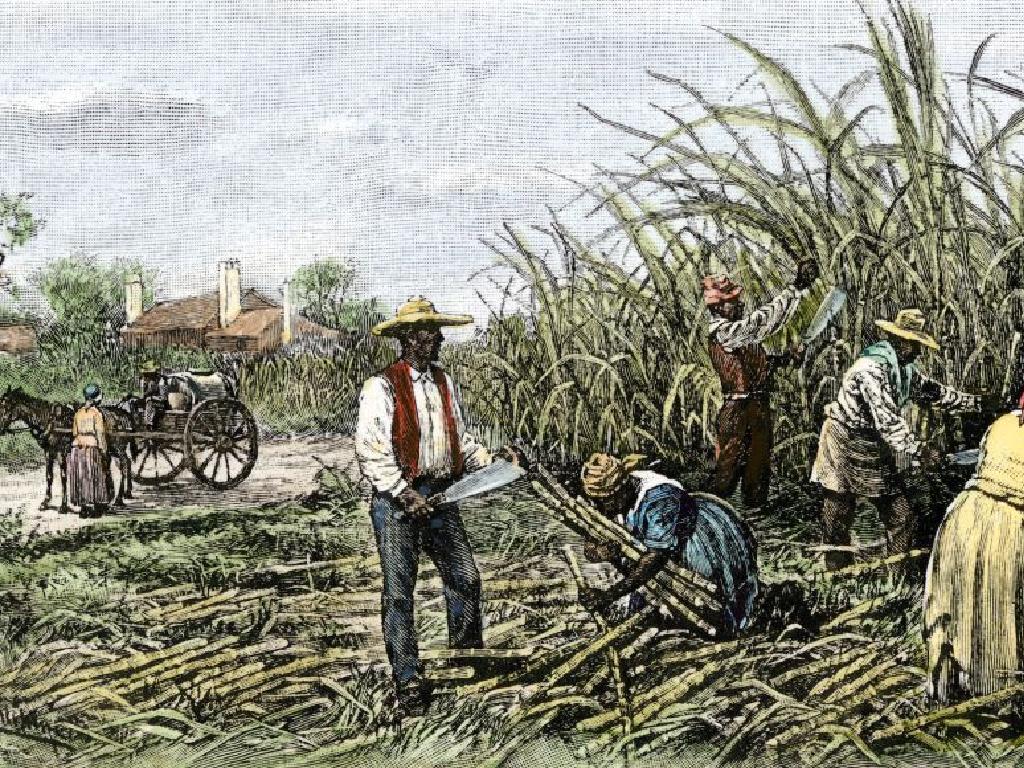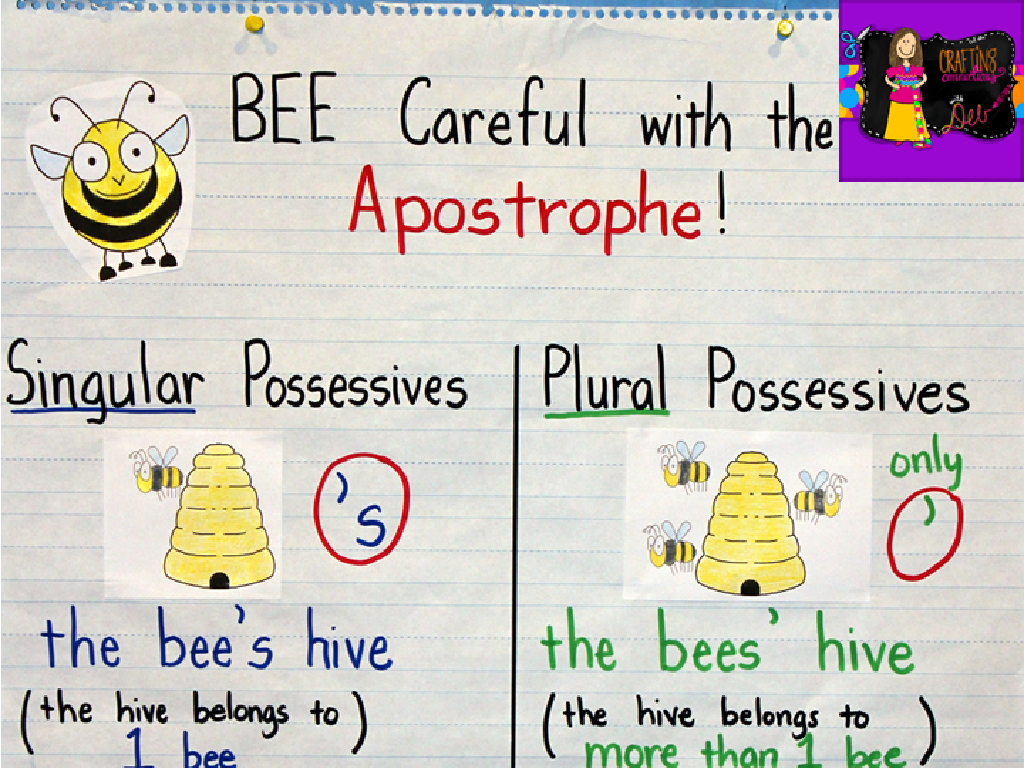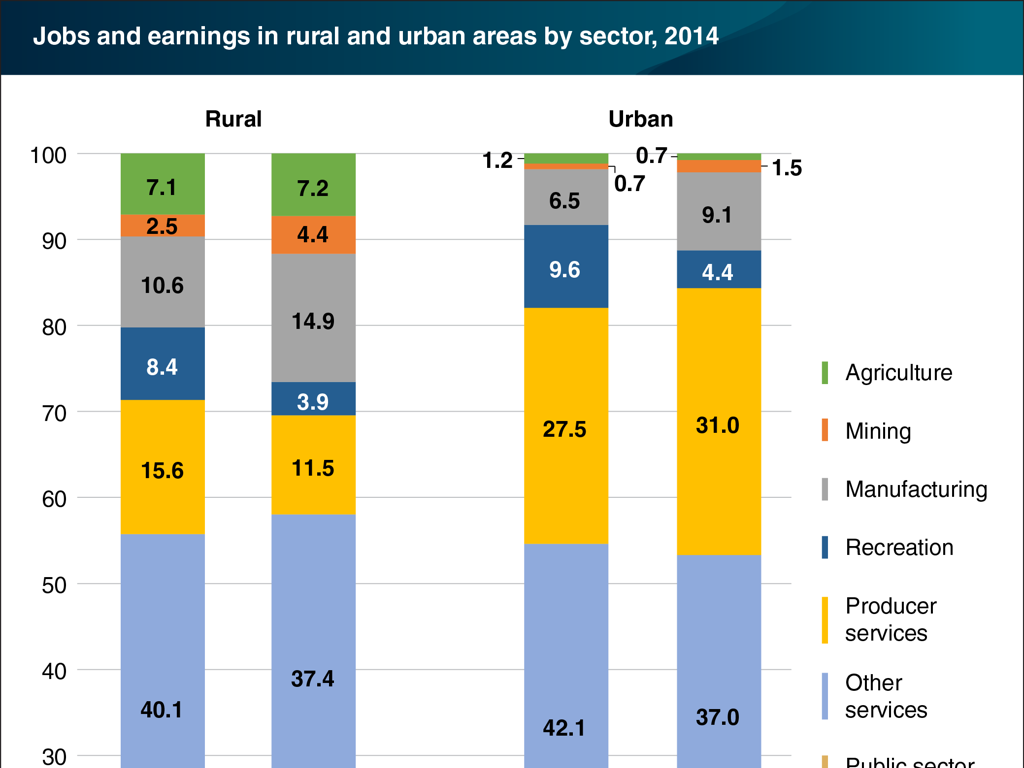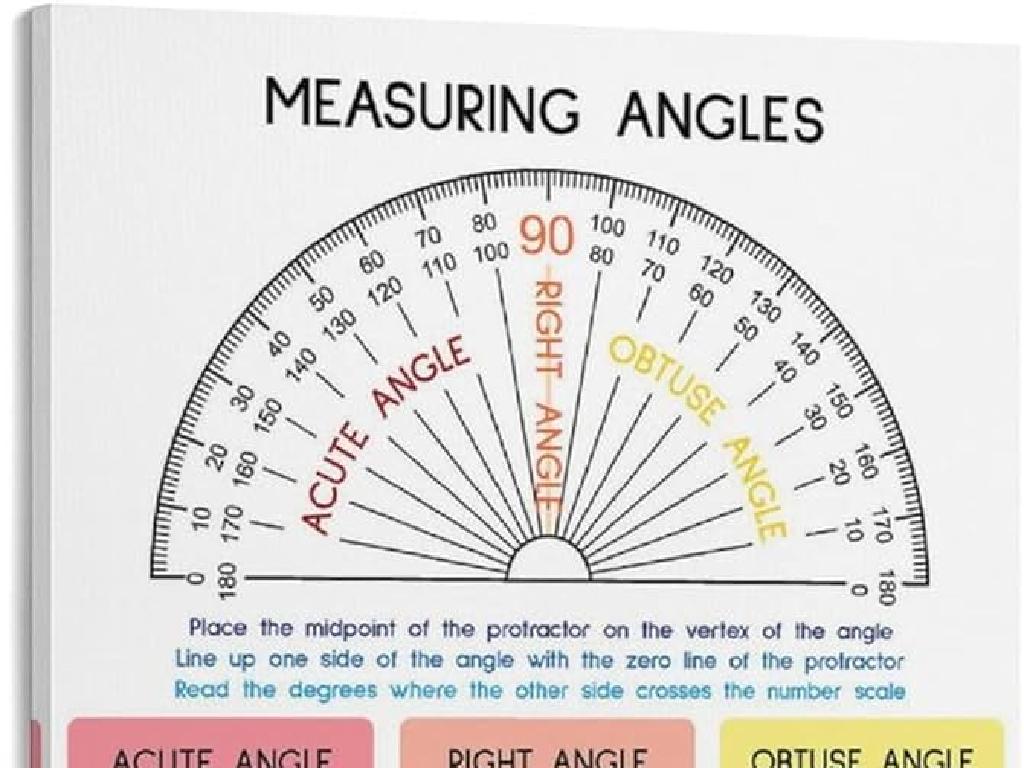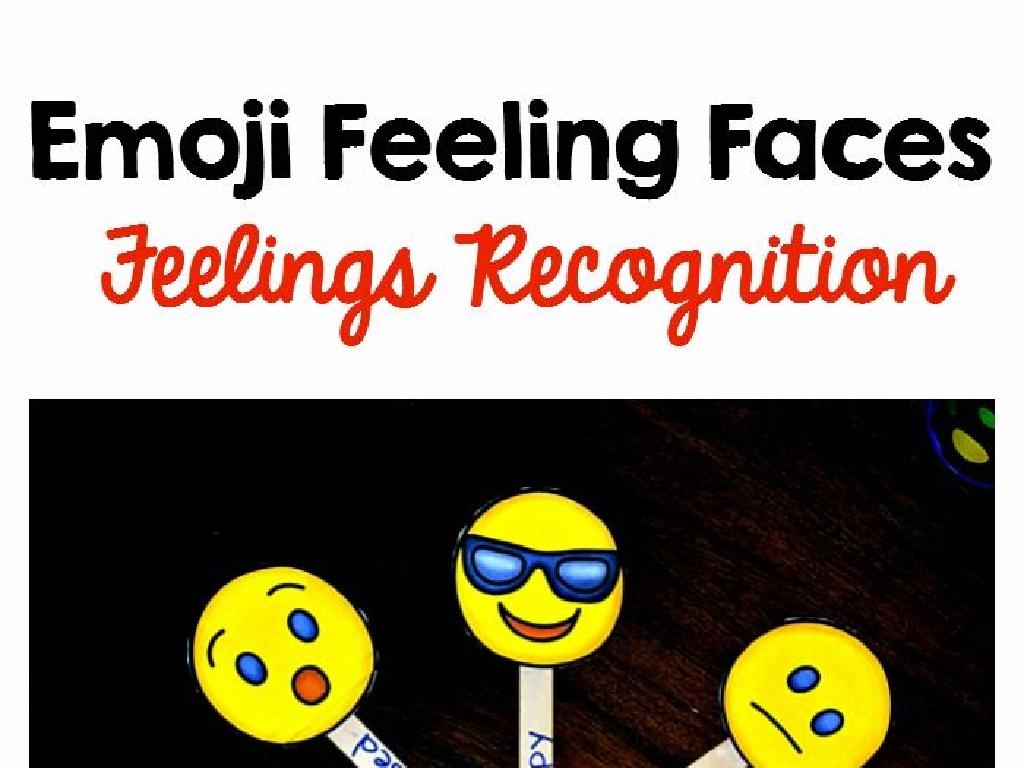Sort Two-Dimensional Shapes
Subject: Math
Grade: Kindergarten
Topic: Two-Dimensional Shapes
Please LOG IN to download the presentation. Access is available to registered users only.
View More Content
Welcome to Shapes!
– Greet our little explorers
– Today’s adventure: Sorting shapes
– Can you spot shapes around?
– Look around, what shapes do you see?
– Let’s name and sort shapes together
– We’ll learn to group shapes by their looks
|
Begin the class with a warm and enthusiastic greeting to capture the children’s attention. Introduce the concept of sorting shapes by asking the students to observe their surroundings and identify any shapes they recognize. Encourage them to think about the shapes they encounter in their daily lives, such as circles, squares, and triangles. This will help them connect the lesson to the real world. As you transition to the activity of naming and sorting shapes, prepare to guide them through examples and provide positive reinforcement as they learn to categorize shapes based on their characteristics.
Exploring Two-Dimensional Shapes
– What are 2D shapes?
– Shapes with only width and height
– 2D shapes are flat
– Find 2D shapes in your book
– Like the pages in your book
– Let’s see some examples
– We’ll look at circles, squares, and more
|
This slide introduces the concept of two-dimensional shapes to Kindergarten students. Begin by explaining that two-dimensional shapes are flat and only have width and height, unlike three-dimensional shapes which also have depth. Use relatable examples such as the pages in a book or shapes like a drawing on a piece of paper to illustrate the concept. Show them a variety of shapes such as circles, squares, triangles, and rectangles. Encourage the students to touch and feel the pages of their books to understand the flatness of 2D shapes. Prepare physical examples of 2D shapes for the students to interact with in the next class to reinforce the concept.
Meet the Shapes!
– Circle: round like a cookie
– Square: four equal sides like a cracker
– Triangle: three sides like pizza slice
– Rectangle: long and short sides like a desk
|
This slide introduces Kindergarten students to basic two-dimensional shapes by associating them with familiar objects. The circle is compared to a round cookie, which helps children understand the shape’s continuous curve. The square is likened to a cracker, emphasizing its four equal sides. The triangle is related to a slice of pizza, pointing out its three sides. Lastly, the rectangle is compared to a desk, highlighting its two long and two short sides. These analogies are designed to make the concept of shapes more relatable and easier for young learners to grasp. During the presentation, encourage the students to look around the classroom and identify objects that match these shapes to reinforce their learning.
Sorting Shapes by Sides
– Shapes have different sides
– Count sides to sort shapes
– Let’s count: Triangle has 3, square has 4
– Group shapes by side numbers
– Put all the triangles together, and all the squares together
– Practice sorting with examples
– Use blocks or drawings to sort shapes
|
This slide is aimed at teaching Kindergarten students how to sort two-dimensional shapes by the number of sides they have. Start by explaining that shapes can have different numbers of sides. Use physical shape blocks or clear illustrations to help students count the sides of various shapes such as triangles, squares, and rectangles. Encourage the students to group the shapes based on the number of sides they have counted. For example, all triangles with three sides in one group, and all squares with four sides in another group. Provide hands-on activities where students can practice sorting shapes themselves, either by using tangible shape blocks or by drawing them on paper. This interactive approach helps solidify their understanding of the concept.
Sorting Shapes by Corners
– Shapes have corners
– Corners are where two sides meet.
– Count corners to sort
– Triangles have 3, squares have 4 corners.
– Circles are special
– Circles are round with no corners!
– Let’s sort shapes together!
– We’ll group shapes by the number of corners.
|
This slide introduces the concept of sorting shapes based on the number of corners they have, which is a fundamental geometry skill for Kindergarten students. Begin by explaining what corners are and that they can be found where two sides of a shape meet. Use simple shapes like triangles and squares to illustrate this point. Highlight that circles are unique because they don’t have corners. During the class, provide a variety of shapes for the students to sort into groups based on the number of corners. This hands-on activity will help reinforce their understanding of shapes and their properties.
Let’s Practice Sorting Shapes!
– Sort shapes by sides and corners
– Look at each shape and count the sides and corners
– Fun game: Shape Sorting!
– We’ll group shapes with the same number of sides and corners together
–
–
|
This slide introduces a hands-on activity for Kindergarten students to sort two-dimensional shapes based on their properties, specifically the number of sides and corners. The activity is designed as a game to make learning fun and engaging. Teachers should prepare a variety of shapes in advance and ensure each student has a set to work with. Possible activities include sorting shapes on a mat, using Velcro boards, or interactive digital sorting games. Encourage students to verbalize their thought process as they sort, reinforcing their understanding of the shapes’ characteristics. The goal is to help students recognize and categorize shapes, a foundational skill in geometry.
Shape Sorting Game
– Work in small groups
– Each group gets a shape set
– Ready, set, sort!
– Sort shapes by their attributes
– Who can sort the fastest?
– A fun race to practice sorting
|
This slide introduces a class activity designed to help Kindergarten students practice sorting two-dimensional shapes. Divide the class into small groups to encourage teamwork. Provide each group with a set of various shapes. Instruct them to sort the shapes as quickly as they can, focusing on attributes like the number of sides, colors, or sizes. This activity is meant to be a fun and interactive way for students to engage with geometric concepts and develop their sorting skills. Possible variations of the activity could include sorting by shape type (circles, squares, triangles), color, or size. Encourage each group to explain their sorting criteria after the activity to reinforce their understanding.
Review and Goodbye: Shape Sorting Fun!
– Great job sorting shapes
– Shapes are everywhere
– Look around, shapes are in many objects!
– Find and sort shapes at home
– Can you sort kitchen utensils or toys by shape?
– Keep practicing shape sorting!
|
Today’s class was all about sorting two-dimensional shapes, and the students did a fantastic job. Reinforce the idea that shapes are not just in the classroom but are a part of their everyday life. Encourage them to observe and interact with the world around them by identifying and sorting shapes they encounter at home, like circular plates or rectangular doors. Suggest that they could sort their toys by shape or help set the table by matching shapes of kitchen utensils. This activity will help reinforce their learning and make them see geometry as a fun and integral part of their daily routine.

